Cane Jaggery
215,000₫ – 2,280,000₫
Raw sugarcane jaggery is sugar that has not been separated from molasses, preserving 100% of its intact molasses content. This is a source of vitamins, minerals, and a significant amount of nutrients essential for the body.
Product specifications: Packed in boxes (1kg, approximately ~6 blocks)
Ingredients: Fresh sugarcane juice and lime water
Cane Jaggery is a natural dried sugarcane juice that is boiled and condensed in an iron pan according to the traditional manual process (using sugarcane residue as fuel, heated through ceramic chimneys, stirred, and poured into molds made of natural wood) with the addition of a cooling filtration system consisting of reverse filtration and forward filtration combined.
The essence of cane jaggery makes sweet dishes become nutritious, healthy, and valuable. The outstanding difference compared to refined sugar is the “sweetness” of diseases and common metabolic disorders.
Cane jaggery also has many other folk names such as “duong bat” (Quang Nom), “duong phen” (Nghe An), “duong the”, duong mat mia.
Cane jaggery is simply sugarcane juice that is extracted and then condensed on the stove by boiling.
Cane jaggery and refined sugar are commonly used sweeteners worldwide. Although both cane jaggery and refined sugar are made from sugarcane juice, they have distinct differences.
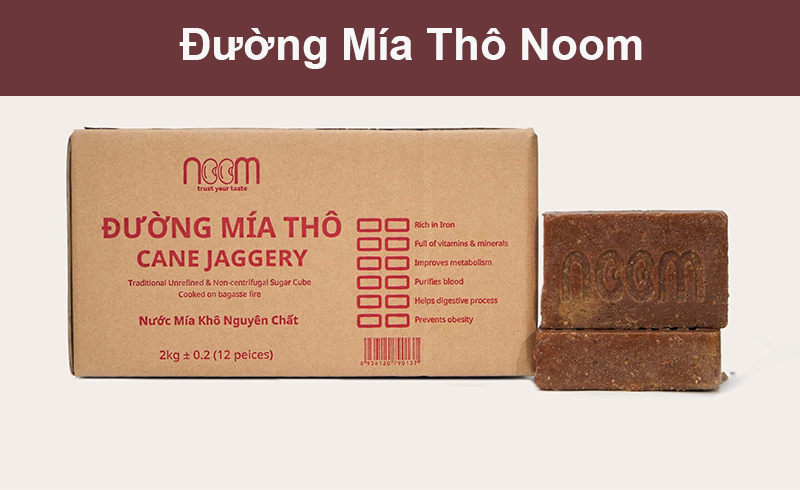 Noom’s Pure Cane Jaggery
Noom’s Pure Cane JaggeryDistinguishing Different Types of Sugarcane on the Market
Similar to cooking oil, salt, fish sauce, there are only two types of sugarcane, refined sugar and raw sugar. You can learn more about all types of sugar through this article.
Fundamentally, we can differentiate between these two types through various aspects:
Differences in Composition:
- Refined sugar: 99.9% sucrose with little or no molasses, depending on the color. Sucrose is often called sugarcane.
- Cane jaggery: 50% sucrose & 50% molasses (when measured in a solid state). The English name for cane jaggery is jaggery.
Differences in Color
- Refined sugar: sugar has been separated from molasses, with various names and shades such as refined sugar, white sugar, golden sugar, brown sugar, black sugar. They all share the characteristic of being separated from molasses.
- Cane jaggery: not separated from molasses, maintains 100% molasses, resulting in light brown, brown, dark brown shades depending on the cooking process, harvest season, soil, farming methods, and sugarcane variety. Purple sugarcane produces dark brown jaggery, while white sugarcane produces lighter-colored jaggery.
Differences in Taste
- Refined sugar has a sweet taste.
- Cane jaggery has various flavors including sweet, sour, bitter, salty, and a distinct rich aroma of molasses, easily blending the colors and aromas of other ingredients when combined.
Differences in Texture
- Refined sugar: has a light and solid texture, resembling hard sand and crystal crystallization (transparent crystal form), sometimes milled finely like hard powder. It’s often referred to as “light sugar”, easily making baked goods rise.
- Cane jaggery: has a heavier, semi-solid texture, softer than refined sugar, and irregularly shaped. It’s often referred to as “heavy sugar”. Bakers need a high level of skill and technique to work with cane jaggery, as it’s more difficult to make baked goods rise with it.
Refined sugar contains only sucrose (C12H22O11). Cane jaggery, in its solid state, contains approximately 50% sucrose (C12H22O11) and 50% molasses. The molasses in cane jaggery contains many vitamins, minerals, iron, and fiber. Especially, with ancient cane varieties grown without chemicals for 12 months, cane jaggery will have the highest mineral and iron content.
Differences in Production Process
The initial stage of the cane jaggery and refined sugar production process is the same, boiling sugarcane juice to condense it.
- Refined sugar: after condensing, molasses is separated from sucrose by allowing it to settle and form 2 layers or centrifugally separating it with a machine, cleaning the crystallized sucrose to be white, light yellow, brown, or black. All impurities in the sugarcane juice are removed, and the final crystallized product is obtained, known as refined sugar.
- Cane jaggery: after boiling, lime water is added to remove any impurities and floating residue from the sugarcane juice. Absolutely no charcoal or chemicals are used to process it. The mixture of sugarcane juice is boiled continuously until condensed and then poured into molds to form jaggery.
Skilled artisans with special techniques are needed to boil jaggery to achieve the most accurate sweetness. The most important factor is that the sugarcane must be fresh and stored at a low temperature, preferably harvested and processed directly in the sugarcane field without being transported too far. Typically, sugarcane is harvested and processed within 3 days during the cold winter season.
Weight
- 1kg: 185,000 VND
Uses of Cane Jaggery
Cane jaggery is used as a complete replacement for refined sugar in all European and Asian dishes.
You can learn more about the full uses of cane
jaggagery at this link.
Cane jaggagery is the raw material for making other jaggery derivatives such as jaggery cake, jaggery jam, jaggery tea, and various forms of jaggery confectionery.
Cane jaggagery can be used to sweeten tea, coffee, and cakes. It’s also often used in traditional Asian sweet soups, puddings, and a variety of dishes.
Cane jaggagery has a different level of sweetness compared to refined sugar, so it’s important to taste and adjust the quantity when using it in recipes.
Cane jaggagery is not only used in cooking, but it’s also consumed directly as a snack. It has a rich, complex flavor with sweet, sour, and sometimes even slightly spicy notes.
Cane jaggagery is known for its potential health benefits as it retains more minerals and vitamins compared to refined sugar due to the presence of molasses. However, it’s still a form of sugar, so it should be consumed in moderation as part of a balanced diet.
Cane jaggagery is also used in traditional medicine systems for its supposed therapeutic properties, although scientific evidence for these claims varies.
Overall, cane jaggagery offers a unique flavor profile compared to refined sugar, and it’s a popular choice for those who prefer more natural and minimally processed sweeteners.
 VN
VN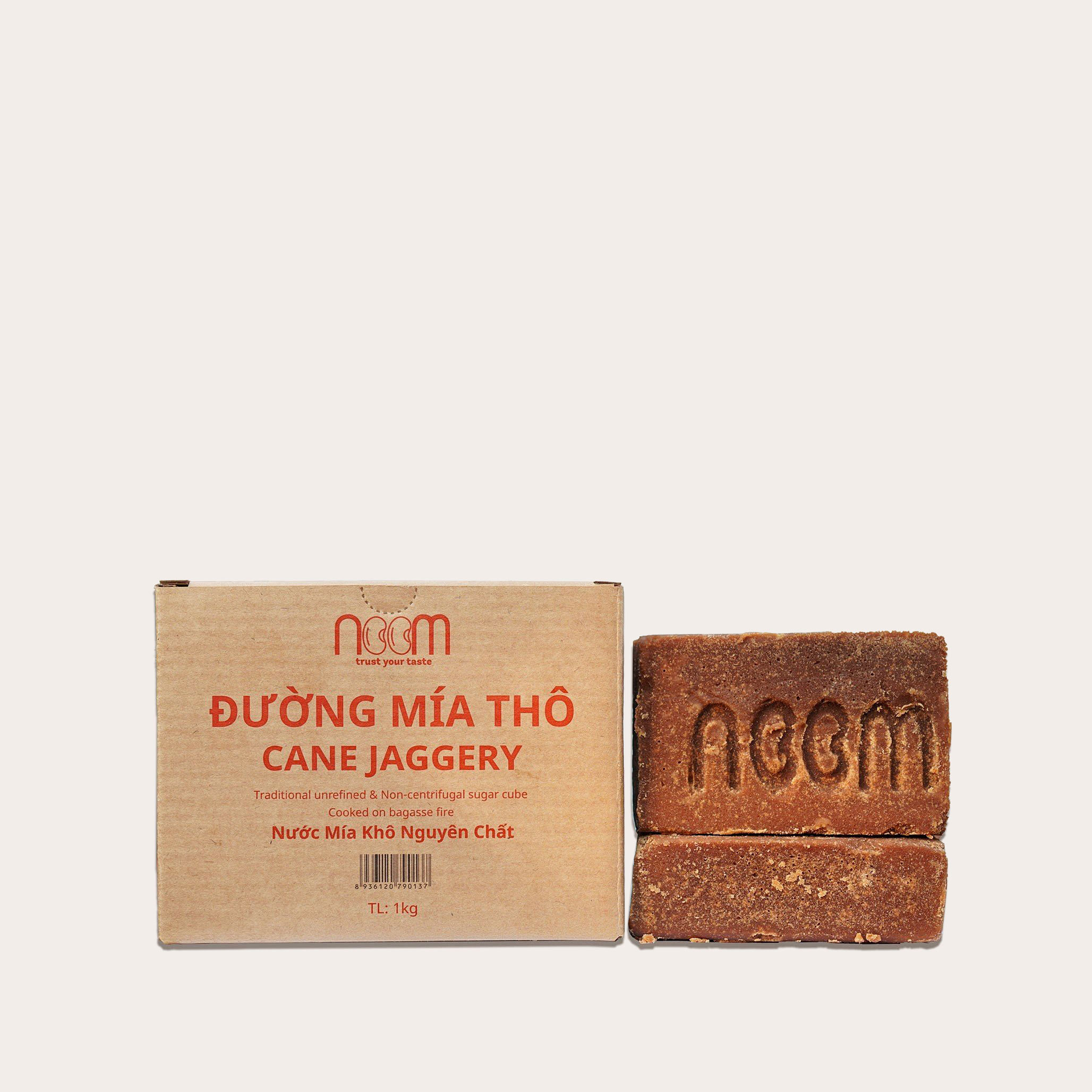
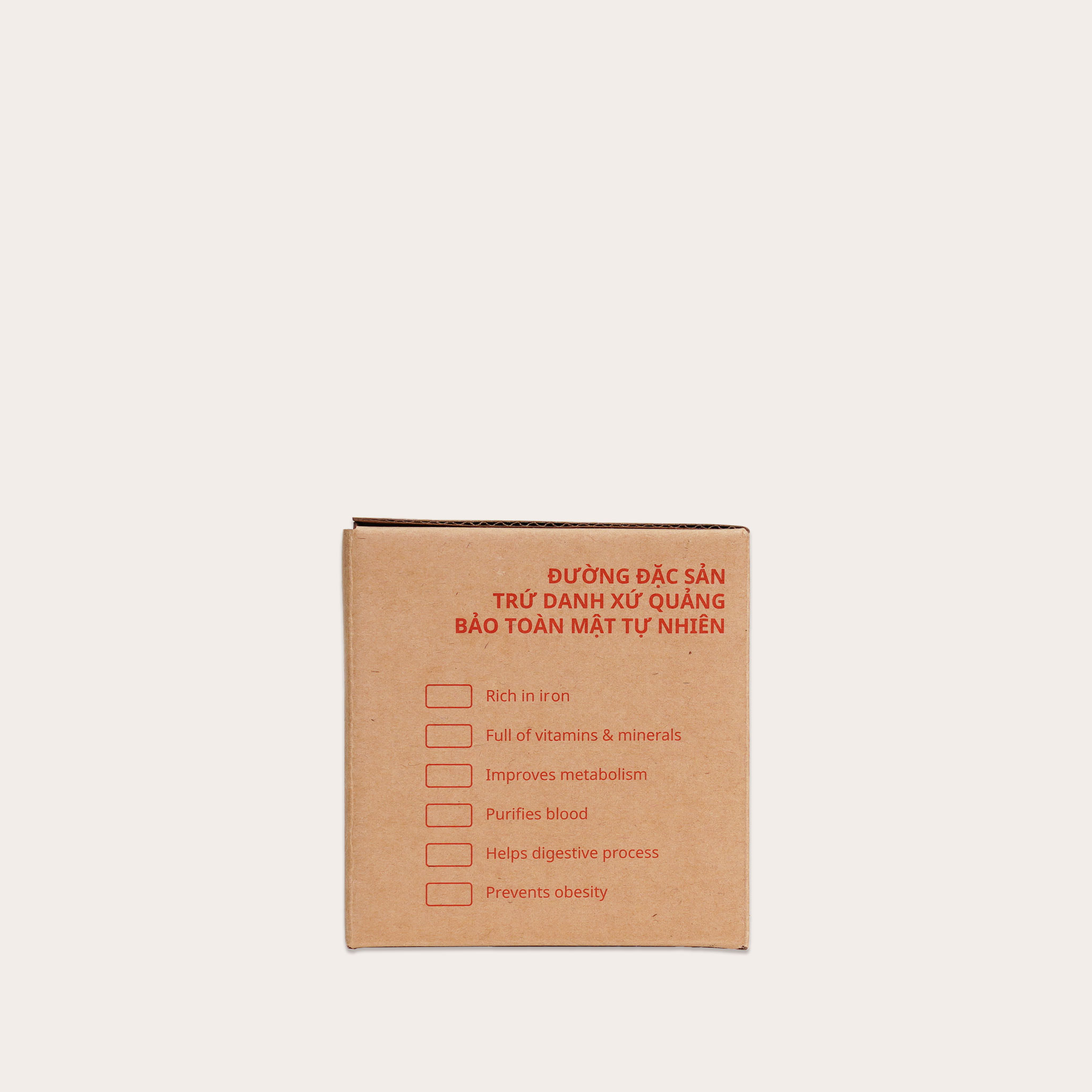
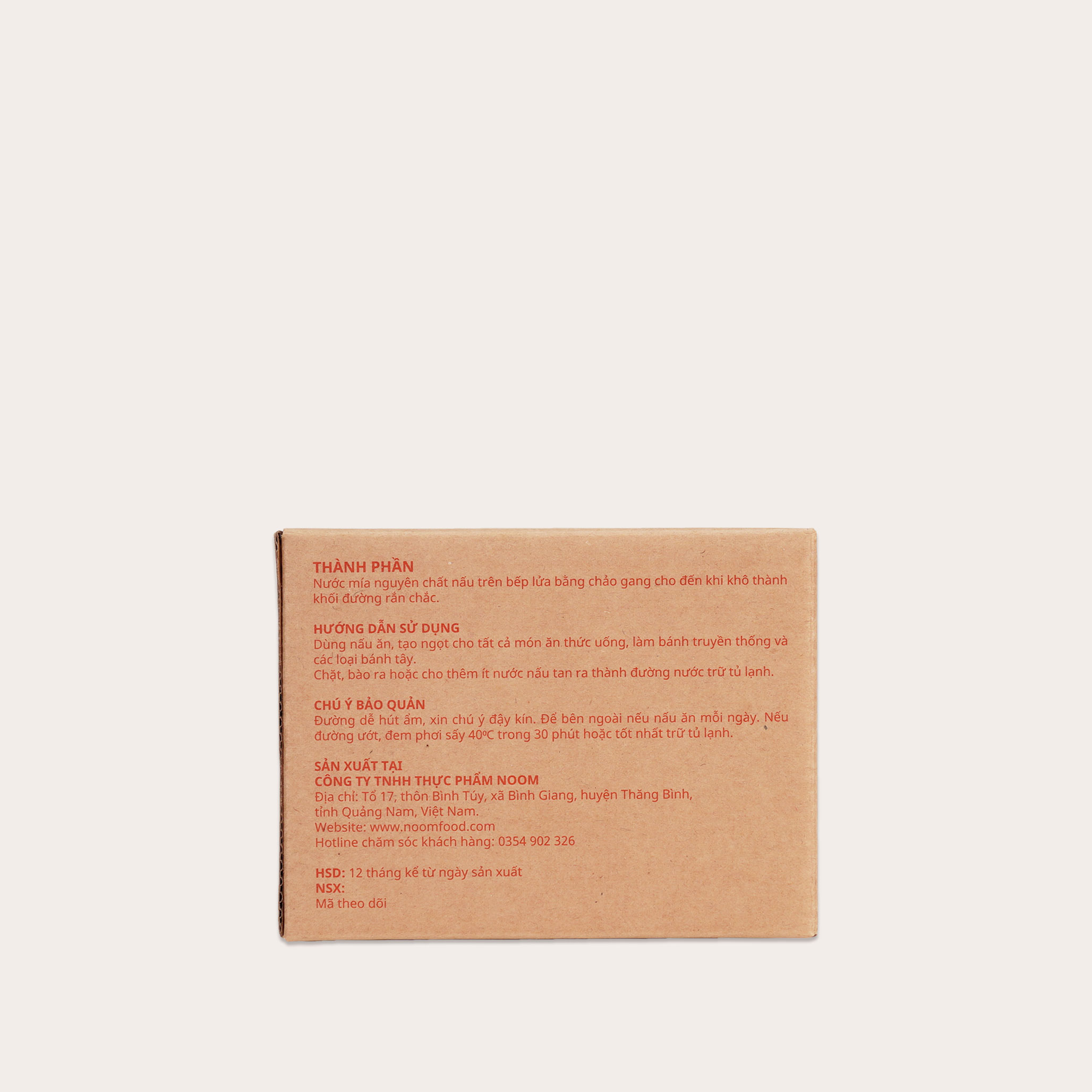
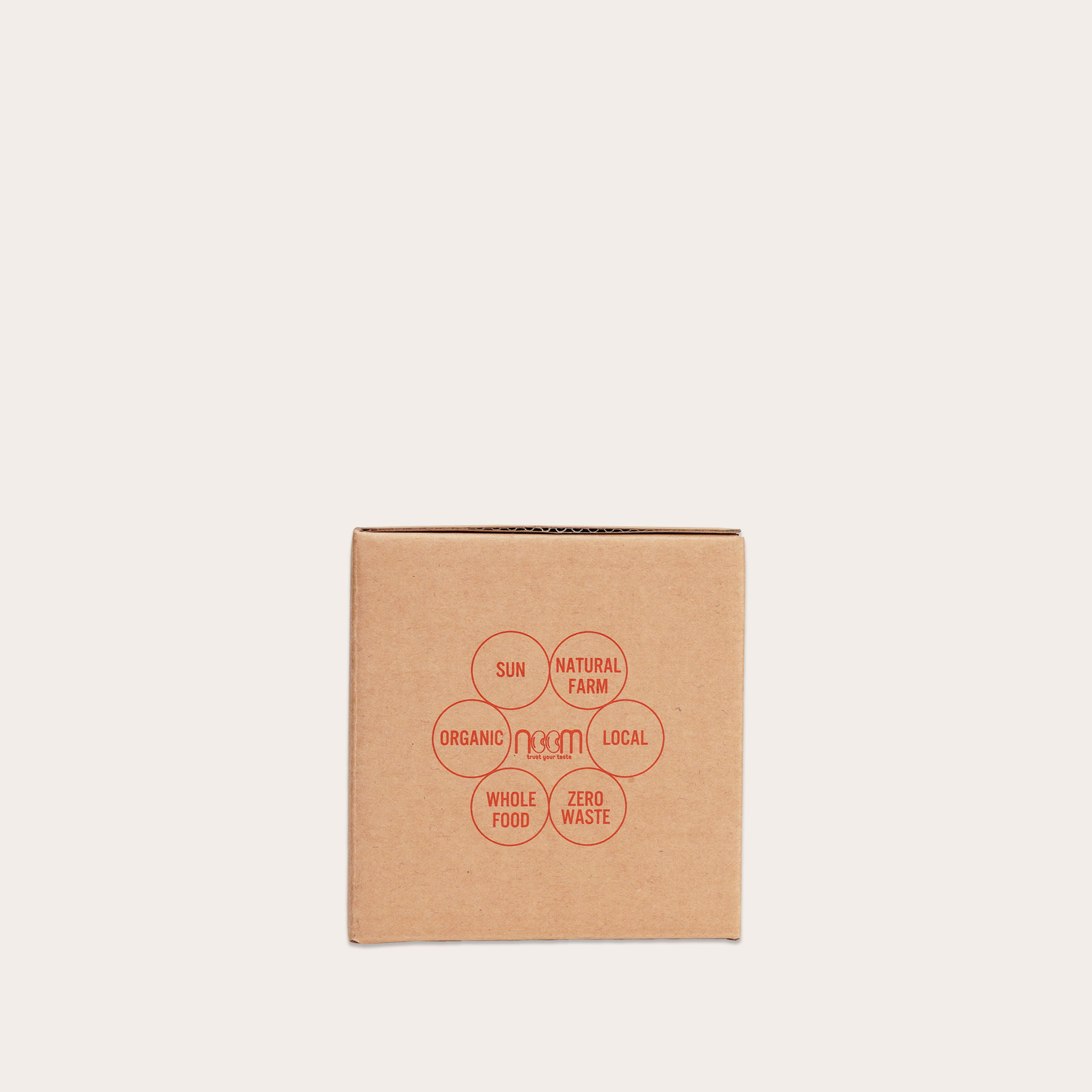
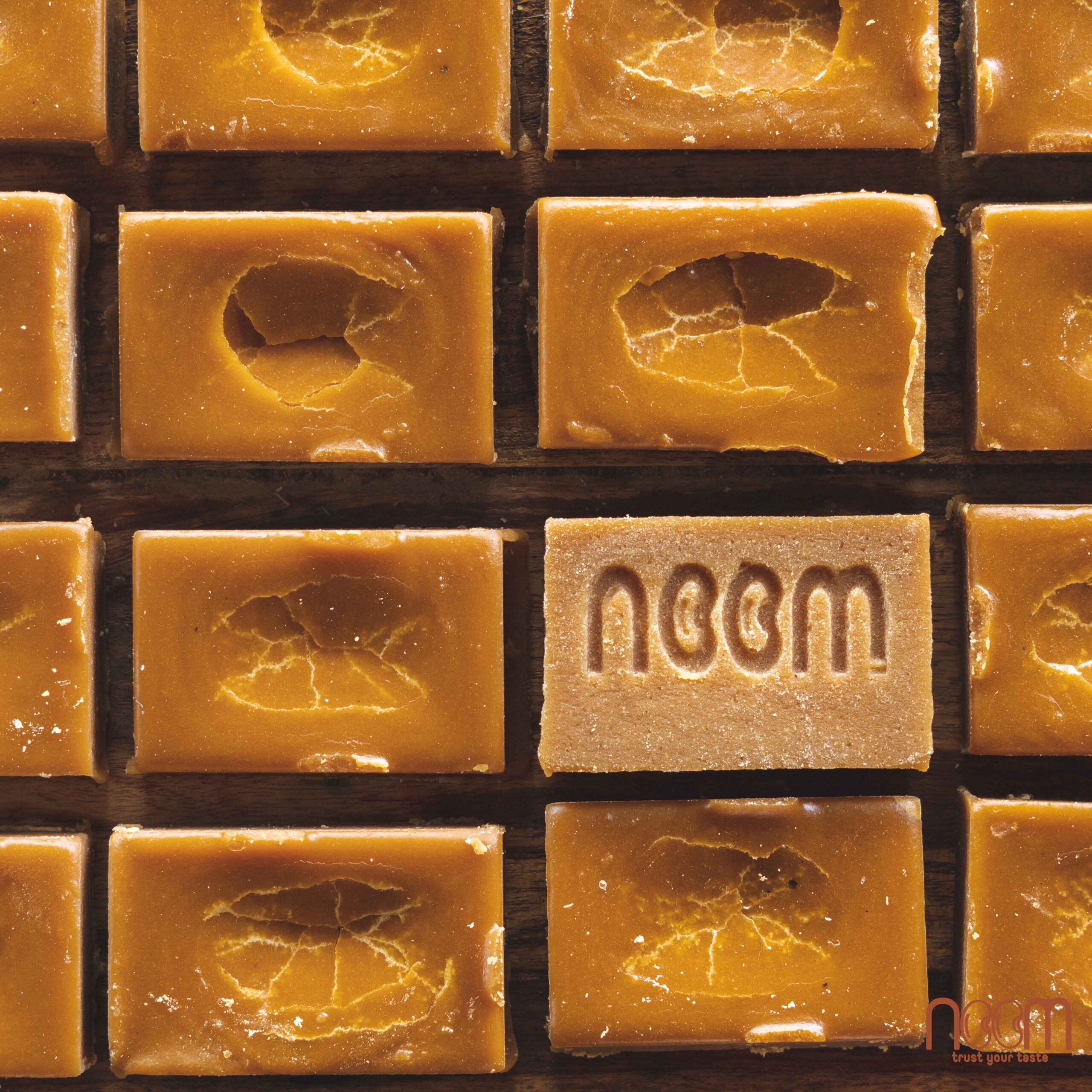
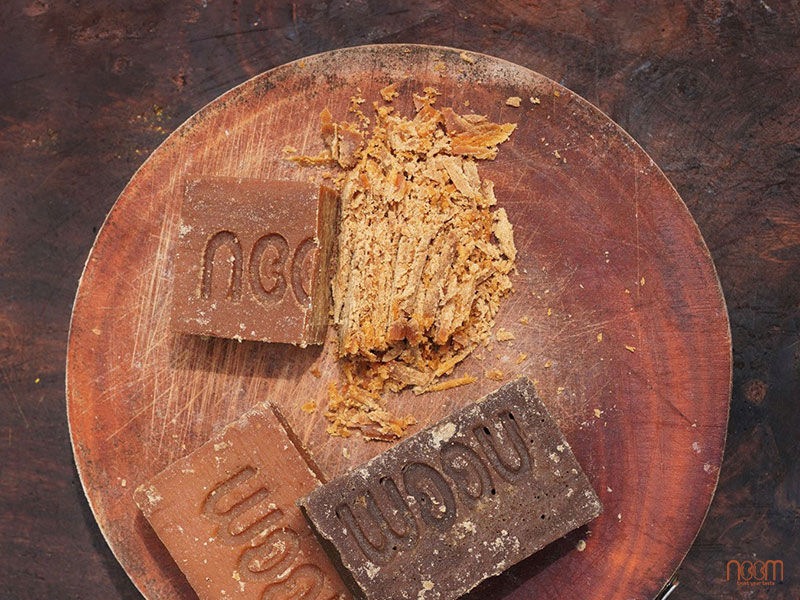
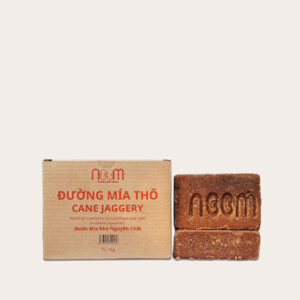
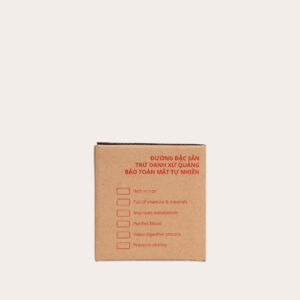
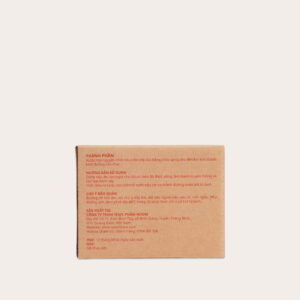
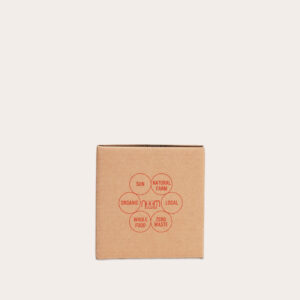
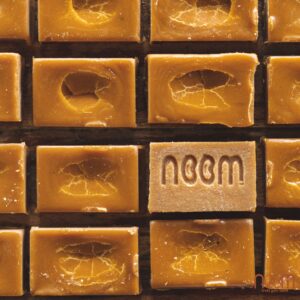
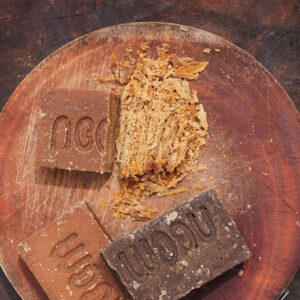
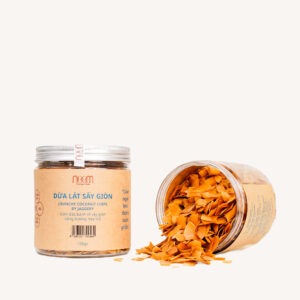
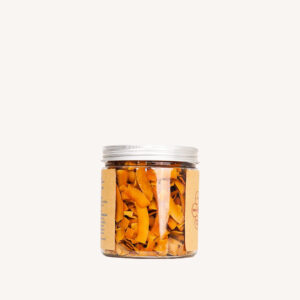
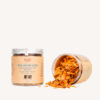
Reviews
There are no reviews yet.